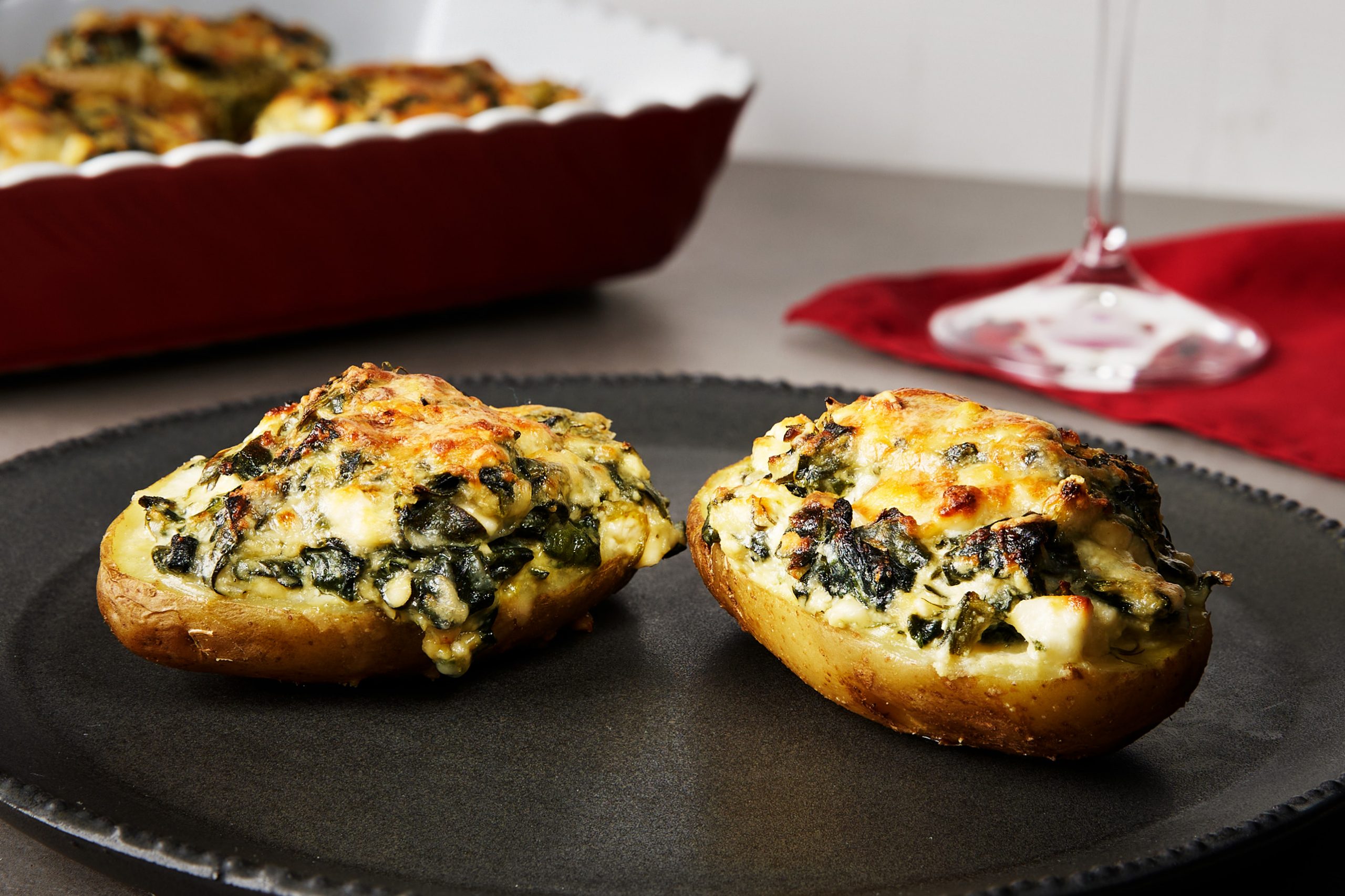It may seem like a counter-intuitive move to let a method called “chaos cooking” sneak into your kitchen. I mean, isn’t so much of life about cutting out the chaos and stress, instead moving towards simplicity and process?
But increasingly, restaurants and chefs are embracing this approach, and it shows on their menus. Eater writes about culinary mashups that at first might sound like something a toddler might put together: “There is cheeseburger arancini, Big Mac pizza, pastrami tacos, tandoori spaghetti, masala cheesesteaks, and biscuit and gravy pierogies. There’s cajun red beans and rice on nachos and chorizo and queso on popcorn,” writes Jaya Saxena.
At the root of this movement is a desire to shirk expectations and throw the rulebook out of the window. In a wider cultural sense, it’s considered a reaction from chefs who have been shouldering an expectation that they must cook “authentically,” when what they really want to do is mix it up, cooking what they want and not what is dictated culturally.
Perhaps it has also become more prominent in the wake of the pandemic, when cooking at home became a necessity and many people found themselves learning the basics (not to mention bread. Lots of bread.). Now, restaurants have to work that much harder to create something impressive.
So now, home cooks are jumping on to this trend, and when it’s distilled down to its essence, I can understand the appeal. As Washington Post’s Rachel Baron writes, “To cook chaotically means to channel the challenges and the possibilities of daily life into your meals, with the same goal of any passionate cook: making delicious food.” If you’re feeling intimidated to work without a recipe, that’s reasonable! There’s always the lingering fear that maybe your concoction will fail, but isn’t that what life is about? There are ways that you can mitigate this fear. Books like Salt Fat Acid Heat are helpful in figuring out what flavor combinations work and why, and if you start with a recipe you know and love, you’re much less likely to fail. And only experiment when you’re really feeling like it. Making yourself do it when you just don’t have the urge or desire is almost certain to end in frustration.
So how can you bring this method into the Greek kitchen? The good thing about Greek recipes is that so many of them are already quite customizable, depending on the produce you have available or what dried herbs and seasonings you have laying around in your pantry. Whether we’re talking the endlessly adaptable combination of phyllo and cheese, or stews that involve anything and everything from the summer garden, there are lots of ways that Greek recipes can become, well, chaotic.
I also love the idea of mixing Greek influences into other recipes, a hallmark of this method. I cover this in depth on the most recent season of My Greek Table, with recipes like Soba Noodles With Tahini And Shrimp and Grek-Mex Chicken Fajitas showing the true adaptability of the Greek kitchen.
And then, there are plenty of ways to Greek-ify just about any recipe. It’s an urge I have all the time! I turn to basic ingredient combinations, like spinach-leek-onion, to bring the spanakopita flavors to all kinds of dishes. Grilled cheese, baked potatoes, even shakshuka: all of these were experiments in spanakopita, ones that paid off big time. So let me embolden you to bring a little chaotic energy to your kitchen, and don’t be afraid to incorporate good Greek ingredients and recipes into your everyday culinary repertoire! And remember…chaos is a Greek word!











